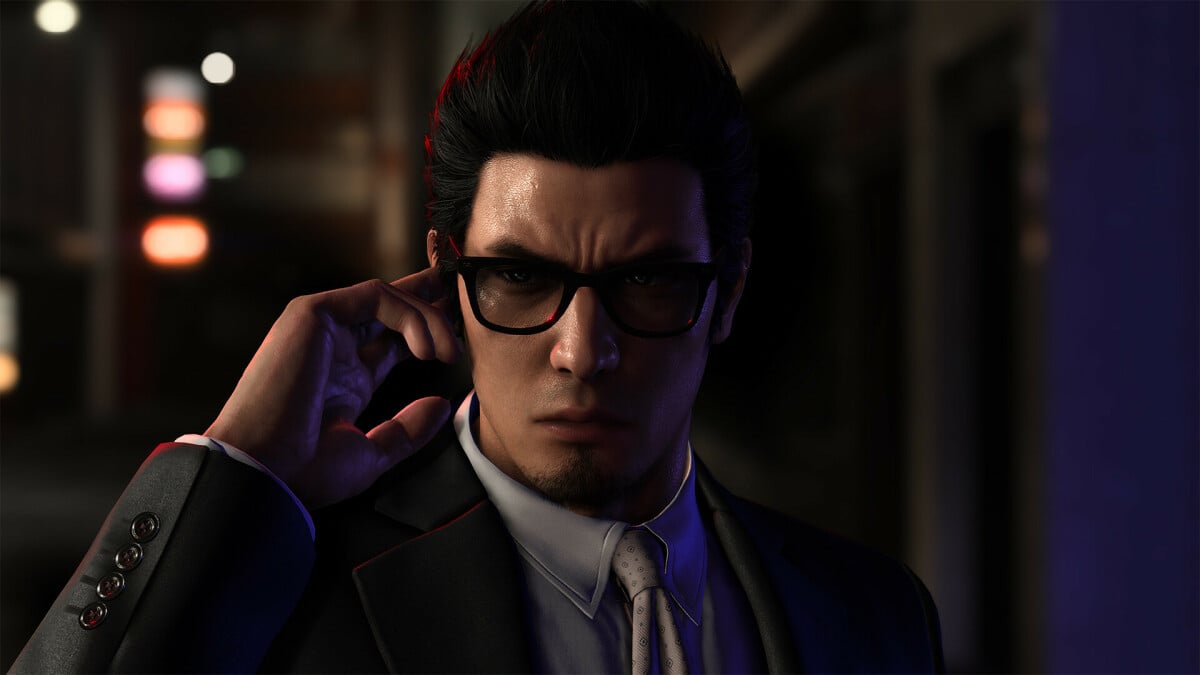

“Like a Dragon Gaiden” Review: A Familiar Yet Enjoyable Journey
“Like a Dragon Gaiden: The Man Who Erased His Name” may sport a new title, but at its core, it’s a game that embraces the comfort of old traditions rather than venturing into uncharted territory.
Formerly known as Yakuza in the Western market (rebranded by Sega as “Like a Dragon” to align with its Japanese name’s literal translation), this latest installment stays true to its predecessors. It unfolds in the same familiar neighborhood, retains numerous beloved side activities, and, most significantly, marks the return of the iconic series protagonist, Kazuma Kiryu.
Essentially, this is a side story, shorter in length compared to most entries in the series (taking roughly 10 hours to complete the main storyline, whereas others typically span 20-50 hours). “Like a Dragon Gaiden” offers an enjoyable experience, although it occasionally falls short of being essential. Its narrative takes its time to reach an emotionally satisfying climax, and the return to brawler-style combat may be perceived as a regression.
But for those who have cherished the Yakuza series in the past, this compact organized crime saga remains a worthwhile journey. The inclusion of “Like a Dragon Gaiden” in the day one Xbox Game Pass lineup also provides potential cost savings.
**Returning to Sotenbori**
(Note: This section contains story spoilers for “Yakuza 6” and “Yakuza: Like a Dragon.”)
A series with nearly ten mainline entries is bound to delve into some intricate timeline shenanigans, and “Like a Dragon Gaiden” is no exception. It unfolds concurrently with 2020’s “Yakuza: Like a Dragon,” the most recent game in the series, to explain the post-Yakuza 6 escapades of Kiryu, who faked his own death to protect loved ones.
Surprisingly, Kiryu spent a significant part of his post-retirement life working as an enforcer for the shadowy organization that helped him stage his demise and gave him a new identity. His journey quickly entangles him in another complex yakuza scheme involving both new and familiar crime families, ultimately leading to the dramatic dissolution of the Tojo Clan and Omi Alliance, as witnessed in “Yakuza: Like a Dragon.”
The story takes Kiryu back to Sotenbori, a district prominently featured in “Yakuza 0,” “2,” and “5.” While recycling an old mini-open-world might disappoint in other franchises, it aligns perfectly with Yakuza’s character. As players progress through these titles, they develop a genuine connection with each neighborhood. For series veterans, returning to Sotenbori, with its scenic riverfront, bustling commercial district, and seedy back alleys, is always a nostalgic delight.
As much as fans appreciate the current protagonist, Kasuga Ichiban, there’s a unique comfort in reuniting with Kiryu for 10 to 20 hours. Kiryu remains one of gaming’s finest heroes, equally adept at performing incredible action feats and delivering profound philosophical wisdom.
The plot of “Like a Dragon Gaiden” may not captivate throughout its duration, but it rewards players with a delightfully absurd and emotionally resonant final act. This is the introspection fans have longed to witness from Kiryu, as he finally begins to focus on his own journey after decades of fighting for others.
For those who adore Kiryu, this game is worth experiencing for this character’s evolution alone.
A Step Back in Combat
The other way in which “Like a Dragon Gaiden” revisits its roots may be less appealing to some. Developer Ryo Ga Gotoku Studio reintroduced the franchise’s original real-time brawler combat, prevalent in the first seven games. While still enjoyable and enriched with new elements like timed parry counters and Kiryu’s comical “Agent” fighting style, it represents a regression from the more recent turn-based battles introduced in “Yakuza: Like a Dragon.”
In comparison, the newer turn-based combat system feels more dynamic and engaging. It demands strategic planning, especially in boss fights, and offers a wide array of tactical options. “Like a Dragon Gaiden” may appear more simplistic in comparison, and the depth within its upgrade system requires substantial investment in side quests to unlock top-tier enhancements.
The return to classic combat style may cater to fans who favor the old approach, and it’s executed well in this game. However, for those who have embraced the more recent shift to turn-based battles, going back to the brawler system might feel like a step backward.
**Abundant Side Activities and Nostalgia**
Naturally, no Yakuza game would be complete without a wealth of side activities. Whether it’s golf, darts, pocket car races, or karaoke, these staples make a return. Despite the game’s compact size, it maintains the full complement of diversions and enjoyable side quests, some featuring characters from previous games or spin-offs.
“Like a Dragon Gaiden” remains true to its predecessors, delivering a visually impressive and smooth gaming experience, particularly on the PlayStation 5.
In summary, reuniting with Kiryu and company for another adventure is heartwarming, especially after his protagonist role was temporarily passed on to someone else. While the storyline may not feel as pivotal, and the return to brawler combat is divisive, “Like a Dragon Gaiden” offers enough high points to make it a worthwhile experience for fans.
Above all, it successfully stirs excitement for the upcoming “Like a Dragon: Infinite Wealth,” slated for release in January 2024.
PAN Card Application Process: A Complete Guide A Permanent Account Number (PAN) Card is an…
Meet Samuel Edyme, Nickname - HIM-buktu. A web3 content writer, journalist, and aspiring trader, Edyme…
Violet & Daisy, a captivating action-comedy directed by Geoffrey Fletcher, revolves around the lives of…
MBC's latest release, the trailer for episode 5 of "Wonderful World," showcases the captivating performances…
Deadpool 3 & Wolverine Super Bowl Trailer Easter Eggs The Deadpool 3 Super Bowl trailer…
The Nagi Nagi no Mi is a Paramecia-type Devil Fruit with the unique ability to…